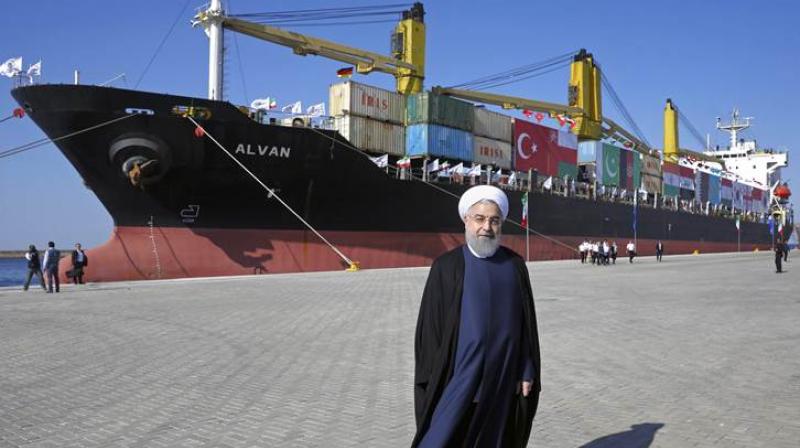Chabahar's potential is high, explore all options

With external affairs minister Sushma Swaraj arriving in Tehran on Saturday in connection with the inauguration of the first phase of Iran’s Chabahar port, which is being built with Indian cooperation, what we are inaugurating, in effect, is a new geopolitical vista that goes beyond finding an alternative route for trade with landlocked Afghanistan, bypassing the land route through Pakistan, about which Islamabad has been obstreperous and negative.
But this will materialise only if India has the staying power beyond the 10-year lease period for two terminals at Chabahar it has got from Tehran. This will mean the adroit managing of regional ties with Iran, China and Russia, which have high stakes and an influential voice in Central Asia and West Asia, besides Afghanistan.
The first shipment of Indian wheat to Afghanistan via Chabahar went in October. By the end of 2018, if current projections remain valid, the port should be fully operational for Indian goods.
Once India completes building the 640-km railway line from Chabahar to Zahedan and link up with the Iranian railway there, Indian goods can branch out to the east to go to Afghanistan, and to parts of Central Asia (where they will face stiff competition from the Chinese), and carry on northward towards St. Petersburg in Russia (the North-South Corridor), along the way coupling with rail networks of over a dozen countries.
That is the true meaning of Chabahar. The sea-land route through the port is not a mere alternative to the surface route through Pakist-an’s Khyber Pass; it is an example of far superior infrastructural topography. Unlike the Pakistani route through which only basic supplies could go through if it worked, the Iran route permits a wide array of goods. In addition, it slashes the 45-day time taken through the North-South Corridor by almost half, permitting even perishables to be traded through this alternative pathway.
Chabahar port couldn’t be built for the past 12 years due to the US-led Western and UN sanctions against Iran. The agreement of the Western powers with Tehran in 2015 facilitated India’s engagement with Iran on Chabahar. US President Donald Trump has threatened to overturn that agreement. Even so, the indications so far are that India’s business dealings with Iran, and particularly insofar as trade with Afghanistan is concerned, will not be torpedoed by Washington.
Much diplomacy potentially rides on India’s shoulders in view of the Chabahar commitments. In addition to being flexible with China, Iran and Russia on the basis of mutual interests, it could be worth exploring if New Delhi can be a credible interface between Washington and Tehran.

